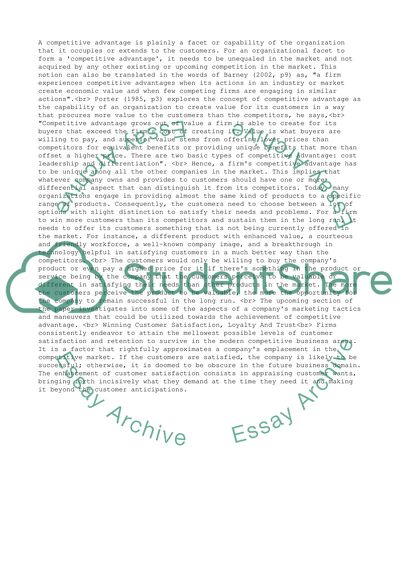Cite this document
(Corporate Identity and Corporate Communications Literature review, n.d.)
Corporate Identity and Corporate Communications Literature review. Retrieved from https://studentshare.org/management/1511988-competitive-advantage-assignment
Corporate Identity and Corporate Communications Literature review. Retrieved from https://studentshare.org/management/1511988-competitive-advantage-assignment
(Corporate Identity and Corporate Communications Literature Review)
Corporate Identity and Corporate Communications Literature Review. https://studentshare.org/management/1511988-competitive-advantage-assignment.
Corporate Identity and Corporate Communications Literature Review. https://studentshare.org/management/1511988-competitive-advantage-assignment.
“Corporate Identity and Corporate Communications Literature Review”, n.d. https://studentshare.org/management/1511988-competitive-advantage-assignment.


